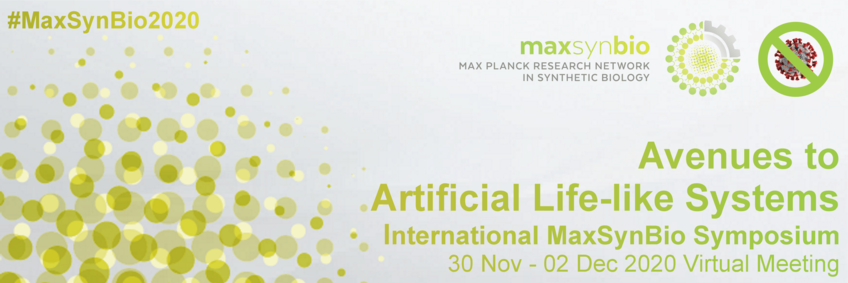
#14 - Modular and Programable Partitioning of Biomimetic DNA Nanostructures in Lipid Domains
Roger Rubio Sanchez (University of Cambridge)
Monday, 30 Nov 21:15 - 22:00 CET
Access to the BigBlueButton rooom for this Mini Talk via the lists for Monday and Tuesday.
Please make yourself familiar with BigBlueButton before you join the Mini Talk - read the instructions.
Abstract
Title: Modular and Programable Partitioning of Biomimetic DNA Nanostructures in Lipid Domains
Author(s): Roger Rubio-Sancheza, Simone Eizagirre-Barkera, Michal Walczaka, Pietro Cicutaa, Lorenzo Di Michelea,b
Affiliations: aUniversity of Cambridge, bImperial College London
Abstract: Biological membranes, dauntingly complex interfaces, feature diverse proteo-lipid systems that facilitate a breadth of biochemical processes, such as sensing and transduction of signals [1]. Cells overcome their heterogeneity by forming lipid rafts, clusters of lipids where proteins selectively and dynamically co-localise via lipophilic modifications that bestow them with raft affinity [2]. Bottom-up synthetic biology aims at emulating biological functionalities in minimal systems, with applicability ranging from biosynthesis to smart therapeutics [3]. These artificial cells, often prepared from synthetic multi-component lipid membranes, can display phase separation [4]. In turn, DNA nanotechnology, an increasingly adopted route for biomimicry, readily enables interfacing DNA architectures with bio-inspired lipid bilayers by tagging them with a hydrophobic moiety, where they also partition [5] in a way that reminisces of the lateral affinity proteins have for raft microenvironments [6]. Here, we engineer DNA nanostructures to program their partitioning in phase-separated model membranes. By exploiting the affinity cholesterol and tocopherol motifs have respectively for liquid-ordered (Lo) and liquid-disordered (Ld) domains, we modulate their lateral distribution by combining multiple anchors, changing nanostructure size, and topology. We exemplify the functionality of our approach with a biomimetic DNA nano-architecture, which dynamically undergoes ligand-induced reconfiguration to achieve cargo transport through lateral re-distribution between phases. Our findings [7] showcase the synergy between the partitioning of DNA-based nanostructures and lipid phase separation, paving the way for the development of next-generation bio-inspired platforms for sensing and communication in artificial cells.